The Rapid Diagnostic Kit Market has witnessed significant growth, primarily driven by the increasing demand for quick and accurate diagnostic solutions. As healthcare systems worldwide prioritize rapid testing in various settings, from hospitals to home care, the competitive landscape has become increasingly dynamic.
Several key players are strategically positioning themselves to leverage trends such as technological advancements, rising healthcare expenditure, and a growing emphasis on personalized medicine. These competitors are focusing on innovation to introduce advanced diagnostic solutions that can meet the evolving needs of healthcare providers and patients.
The market is characterized by a mix of established players and emerging companies, each striving to enhance their product offerings and expand their reach through collaborations, acquisitions, and distribution partnerships.
Hologic has established a robust presence in the Rapid Diagnostic Kit Market, showcasing its commitment to developing innovative solutions that enhance patient care. Known for its advanced molecular diagnostics technologies, Hologic has leveraged its expertise in areas such as women's health and infectious diseases.
The company's strength lies in its comprehensive portfolio of rapid diagnostic kits that deliver accurate results in a timely manner, facilitating better patient management and treatment outcomes. By continuously investing in research and development, Hologic remains at the forefront of technological advancements, enabling it to respond effectively to market demands.
Additionally, Hologic's solid reputation for quality and reliability further boosts its competitive advantage, allowing the company to maintain strong connections with healthcare providers and align its offerings with their requirements.
Danaher Corporation is another significant competitor in the Rapid Diagnostic Kit Market, recognized for its innovative approach to developing advanced diagnostic tools. The company focuses on a diverse range of healthcare solutions and has strategically positioned itself to capitalize on the growth opportunities within the rapid diagnostic segment.
Danaher's strengths are highlighted by its extensive research capabilities, which enable the development of cutting-edge products that meet the rigorous standards of the healthcare industry. Furthermore, Danaher Corporation's ability to integrate various technologies across its subsidiaries enhances its competitive positioning within the market.
The company's reach and established distribution networks further enable it to effectively serve a wide range of healthcare institutions, thereby reinforcing its standing in the rapidly evolving landscape of diagnostic solutions. By continuously enhancing its product pipeline and fostering collaborations with other industry leaders, Danaher Corporation is well-equipped to adapt to changing market dynamics and drive growth in the rapid diagnostic sector.


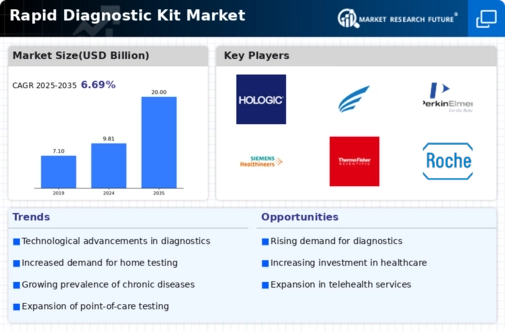
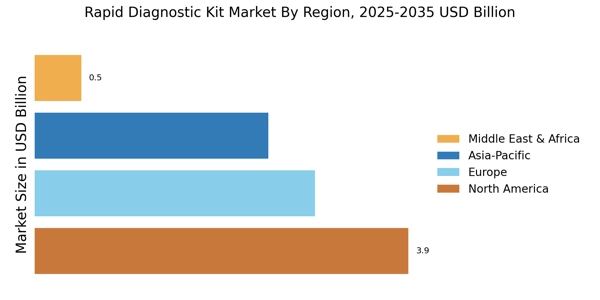
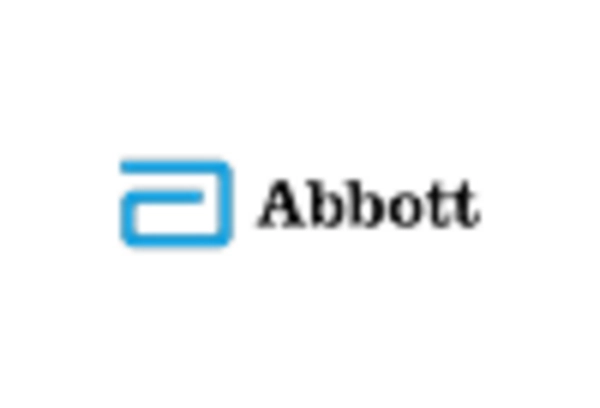
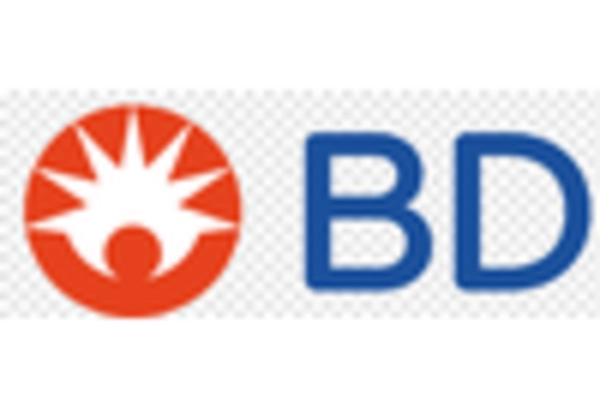
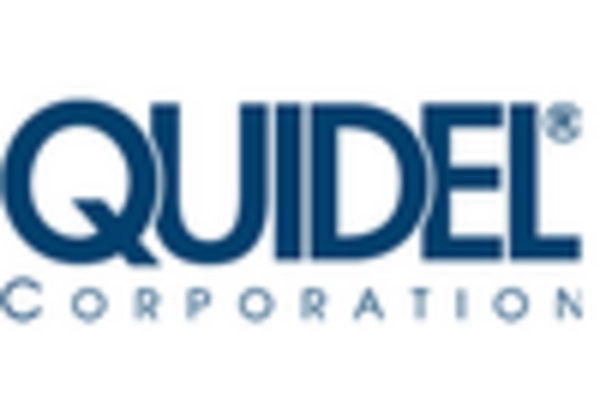
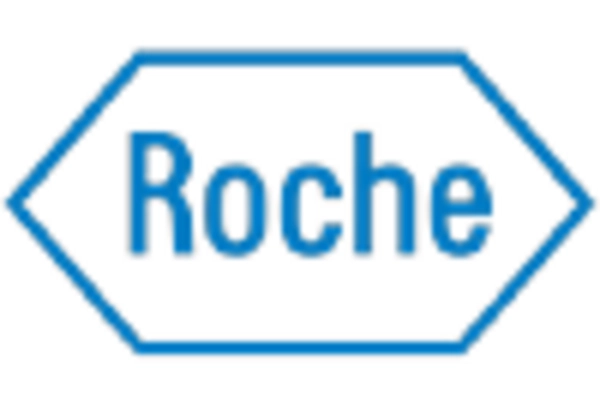
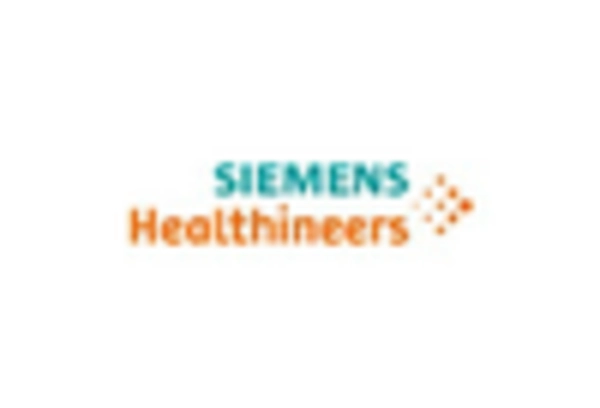
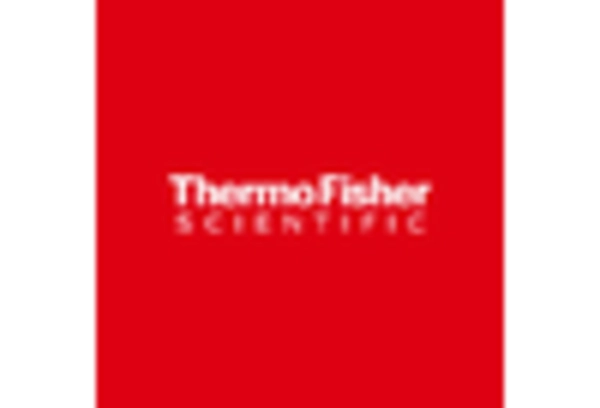








Leave a Comment